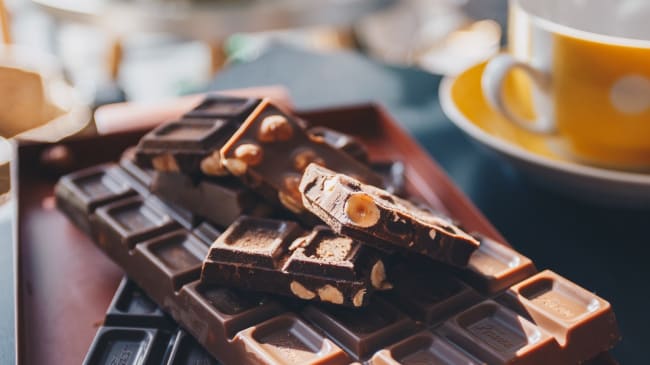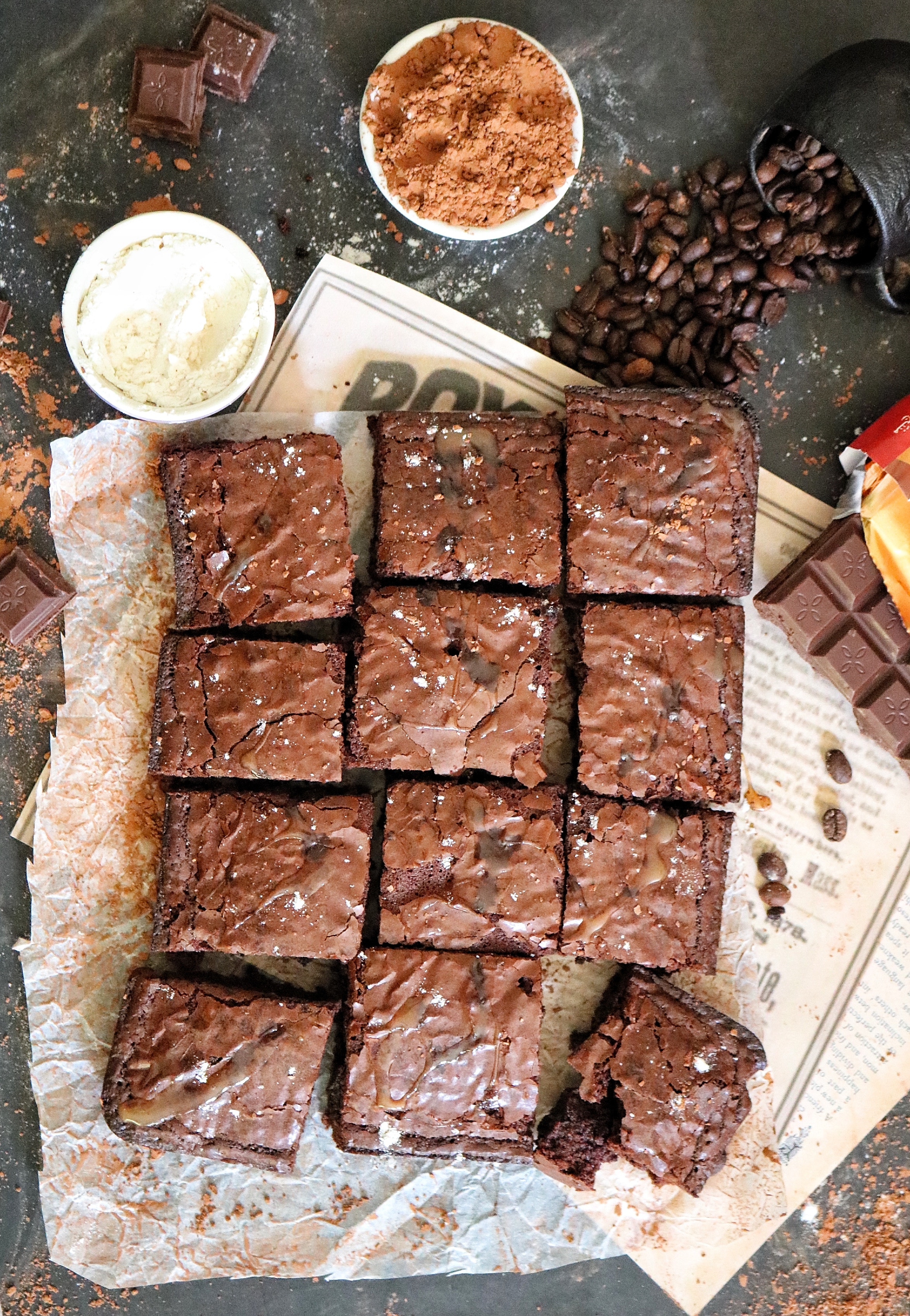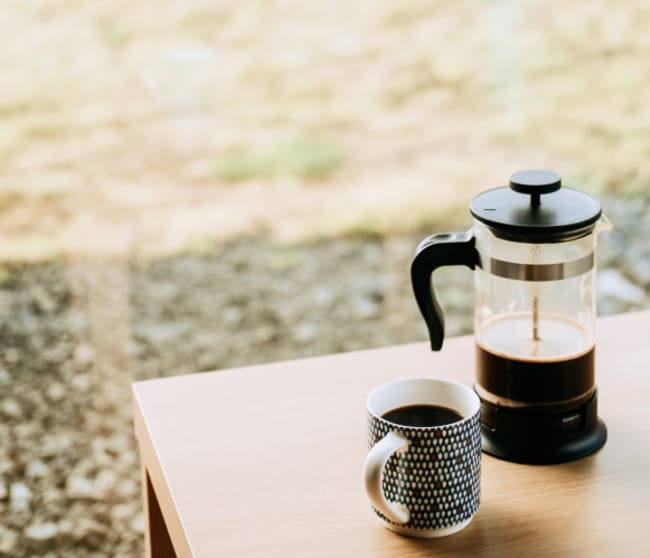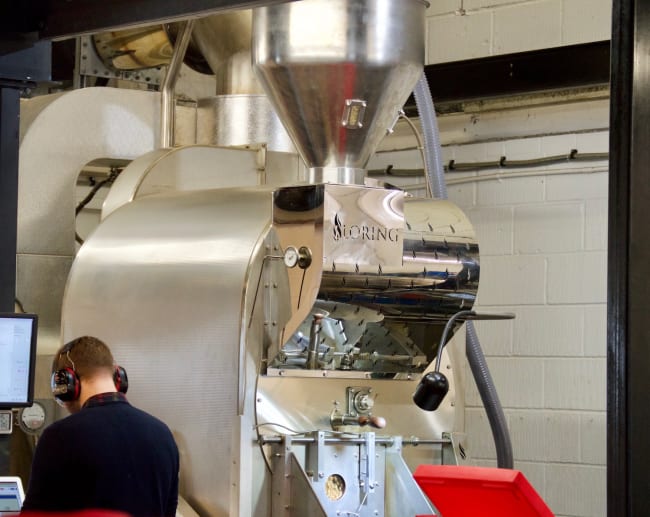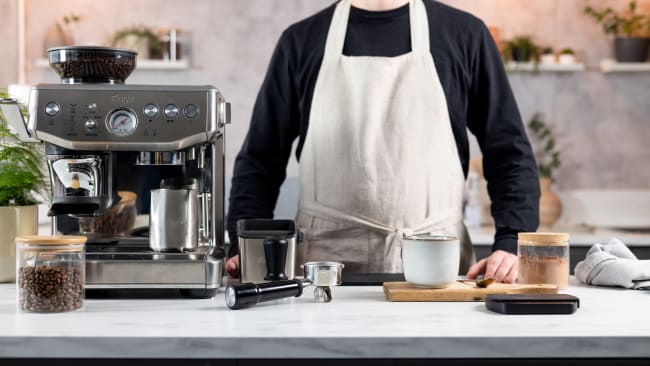Why grind?
There are many benefits to investing in a home grinder. Whilst pre-ground is certainly convenient (and pre-ground Pact Coffee is the freshest it can possibly be since we always ship within 7 days of roasting), a home grinder might be the route for you if you really want to take your home Barista skills up a notch.
Wholebean coffee remains at its peak freshness for longer than ground, so you’ll be getting the absolute best from your brews by grinding fresh every time. Grinding your beans at home also means you can find your own perfect grind size for your preferred brew method. Whilst our pre-ground coffees are carefully tested to ensure they produce a great result for most customers, if you want to perfect that V60 brew time down to the second, then a grinder is for you!
Which grinder is right for me?
The key is opting for a grinder with the right type of burrs (that’s the moving grinder wheel and non-moving bit your beans are crushed between), and the right design for your brew method. Some grinders are better suited to grinding for Espresso, and some are better for grinding for Filter brewing. Most home style Espresso grinders have conical burrs, as the conical shape creates smaller grounds than flat burr grinders. Filter grinders more often than not have flat burrs, and this shape of burr means it is easier to achieve a uniform grind size but with slightly larger particles, which is essential to Filter brewing. You’ll also find that Espresso grinders are on the higher end of the price bracket, as these will always have a more powerful motor than a Filter grinder. Grinding Espresso is a higher demand on equipment, which is also reflected in the higher price point. If you’re looking for a budget friendly option for brewing fresh beans at home, we’d recommend a Filter brew method + a Filter grinder - something like the Hario Mini Mill & Grinder, or the Hario Skerton Hand Grinder. If you’re hoping to be a pro home Barista, an Espresso grinder and Espresso machine are key! Try the Sage Smart Grinder Pro.
Top tips and jargon busting
When it comes to honing your technique and adjusting your grinder, having a solid starting point is key. We’d recommend keeping your recipe consistent, only adjusting your grinder as you experiment, and keeping a log of your experiments - this will really help you find your grinding sweet spot!
How long your coffee takes to extract is determined by your grind size. A coarser grind = the water can travel through the compressed coffee quicker, producing those acidic notes. A finer grind = water travels through the compressed coffee more slowly, but too slow and it’ll end up being bitter. You’re seeking that window in between the acidity and bitterness where the coffee is sweet, and balanced.
Another top tip for adjusting your grinder is to ensure that when you are making a tweak to your grind size, you adjust your machine very minimally. Think of the burrs like a pepper grinder, a little goes a long way when it comes to changing your grind size!
There are lots of technical terms when it comes to coffee brewing and grinding - here are some key ones, and what they mean:
- Extraction = how much coffee has been dissolved in the water you have added to it
- Burrs = the metal plates that are found inside grinders. There are always two and they work together to grind your beans into ground
- Conical burrs = cone shaped metal plates found inside grinders
Read more
Hopefully this has given you some useful information about how to use a grinder. For more how-to articles, take a look at our Insider Tips for Better Brews, or our post on How to Clean Your Coffee Machine.



